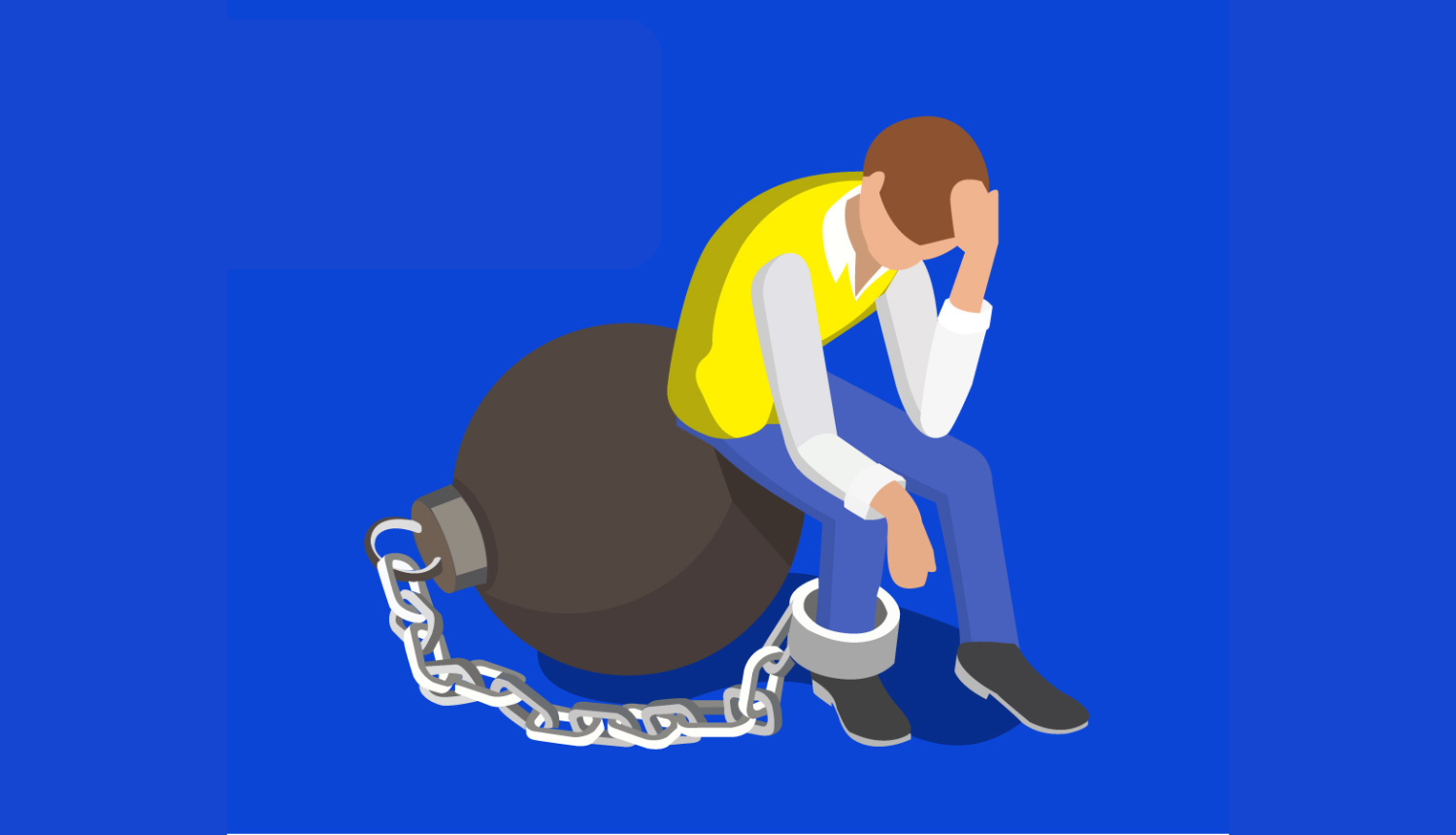Trafficking in human beings is an international problem affecting millions of people around the world. Latvia has for many years been considered a country of origin and transit for victims of trafficking, but in recent years it has also become a destination country for the exploitation of foreigners.
"The most common forms of trafficking in human beings found in Latvia are labour exploitation, sexual exploitation and exploitative sham marriages. Both recruitment and retention in trafficking of human beings exploit a person's vulnerabilities. Most often, the vulnerabilities of individuals are related to economic, psychological or social conditions," explains Minister of the Interior Rihards Kozlovskis.
Despite the ongoing fight against this inhumane practice, victims and their fellow human beings can often miss the signs of trafficking. Understanding the signs of trafficking in human beings and paying attention to the various warning signs is essential to help society identify and prevent it.
Within the framework of the information campaign "Spot the Threat of Trafficking in Human Beings!", the Office of Citizenship and Migration Affairs (hereinafter referred to as the Office) has prepared tips that can help you notice trafficking in human beings.
- Excessive supervision and control
Victims of trafficking are often subject to increased control and supervision, and may have restrictions on their freedom that are indicative of physical exploitation.
"Often exploited persons do not initially see themselves as victims of trafficking in human beings. Only after receiving psychological support does the person become aware of what has happened. Therefore, it is very important to be aware of ‘red signals’ that may indicate human trafficking," explains Maira Roze, Head of the Office.
- Working against their own will
If a person behaves in a timid or distrustful manner, this may indicate a restricted freedom to choose their workplace or lifestyle. If a colleague or friend cannot explain their current situation, such as their work or home address, or avoids talking about their personal life and appears depressed, this may be a sign of trafficking in human beings.
- Inadequate working conditions
If you see a person working in substandard working conditions – for example, many hours without breaks, disproportionately low pay or forced labour – these may be signs of labour exploitation.
- Social isolation
Victims of trafficking in human beings are often isolated from family and friends. They are limited in their ability to communicate with their relatives to ask for help. If a person appears socially isolated or withdrawn, these may be signs of trafficking in human being.
- Material control
If a person does not have freedom of movement or access to their financial resources and personal belongings, these can be signs of trafficking in human beings.
It is important to remember that these are just some of the possible signals of trafficking in human beings. Every situation is different, so it is important to consider all factors to determine whether there is a risk of trafficking.
More information on the information and communication campaign "Spot the Threat of Trafficking in Human Beings!" is available on the websites of the Office and the Ministry of the Interior: www.pmlp.gov.lv and www.iem.gov.lv
Communication campaign "Spot the Threat of Trafficking in Human Beings!" is created and funded within the framework of the Asylum, Migration and Integration Fund 2021 – 2027 Programme Project No PMLP/PMIF/2023/2 "Support measures for reception and accommodation of persons in need of international protection in Latvia (1st phase)".
Office of Citizenship and Migration Affairs
Public relations
prese@pmlp.gov.lv, +371 67219185



